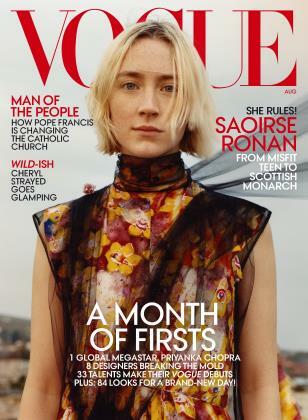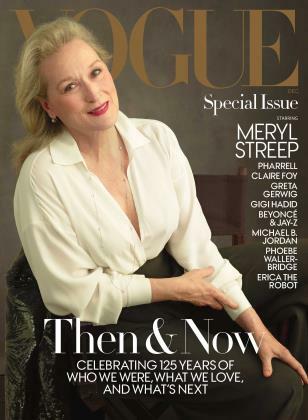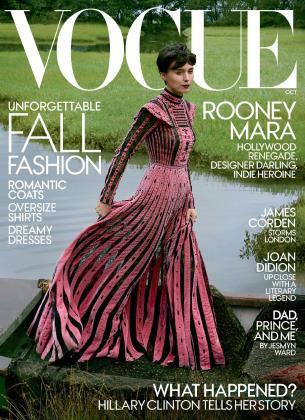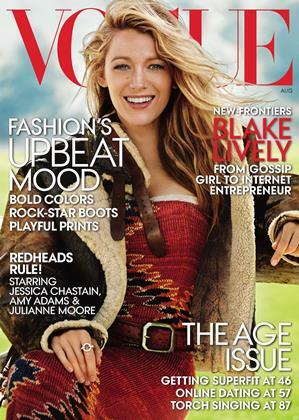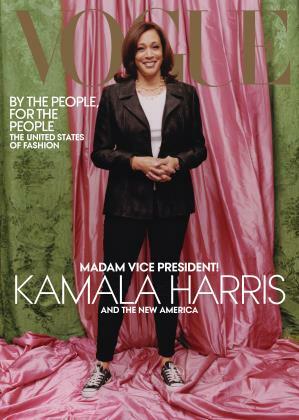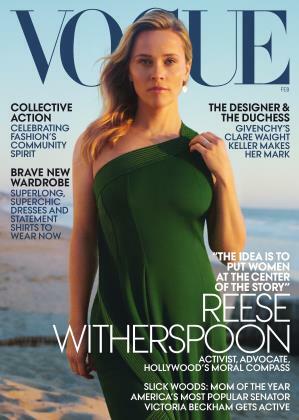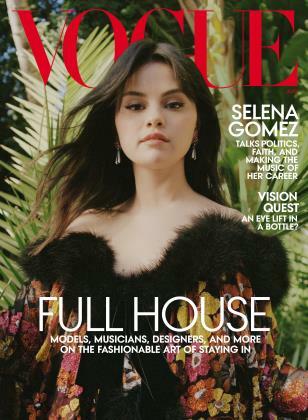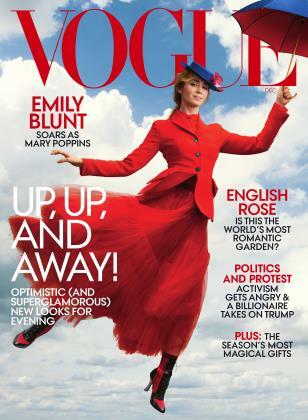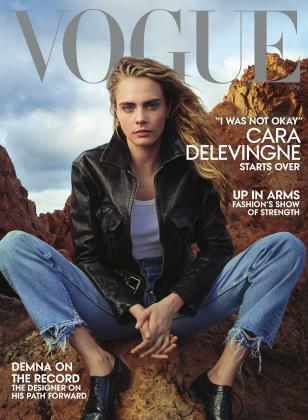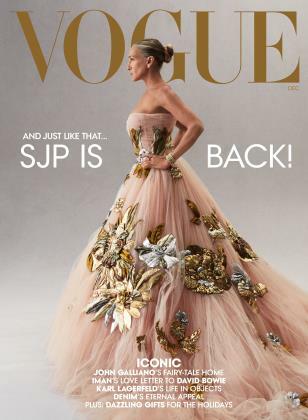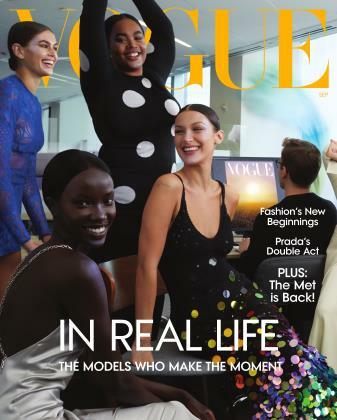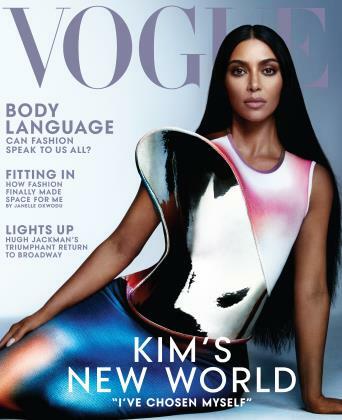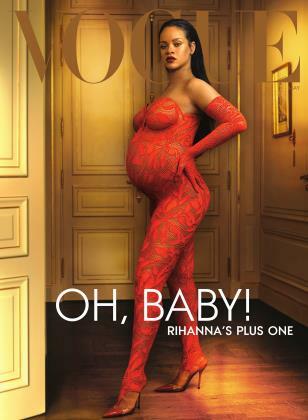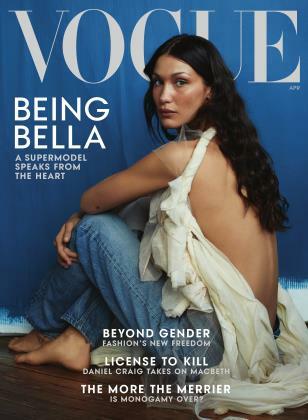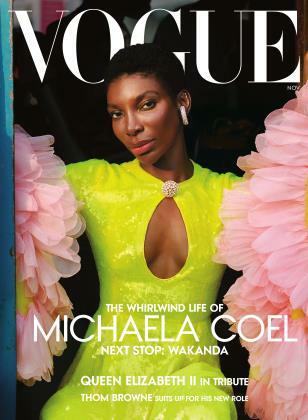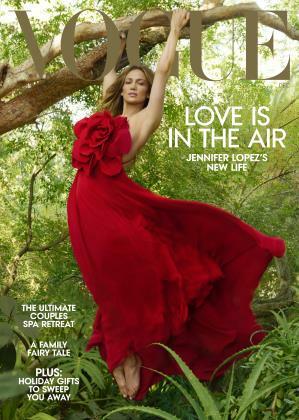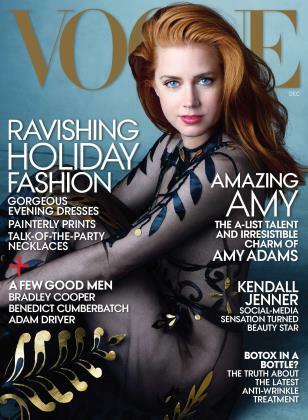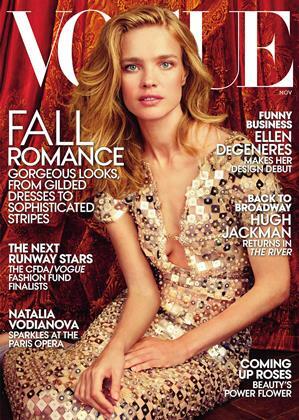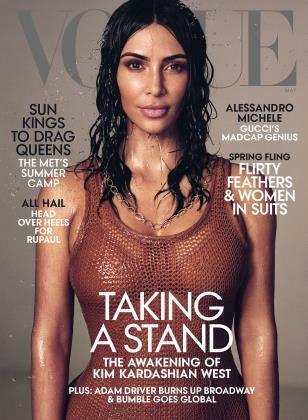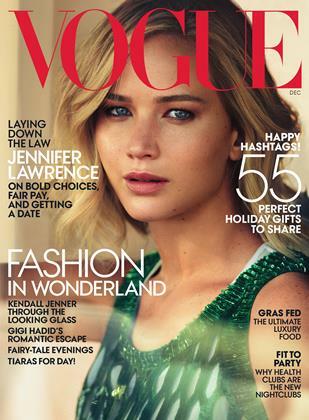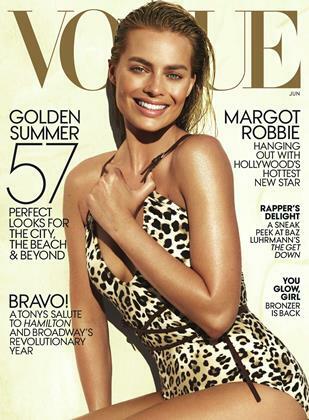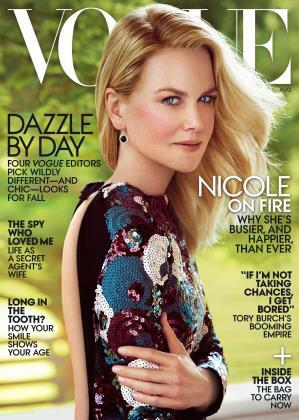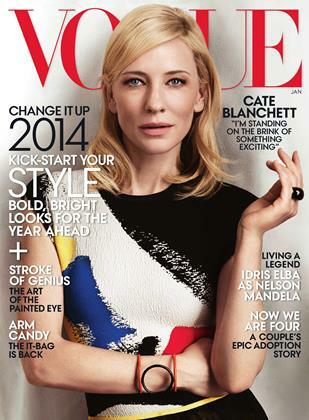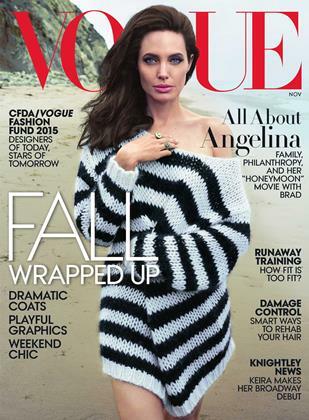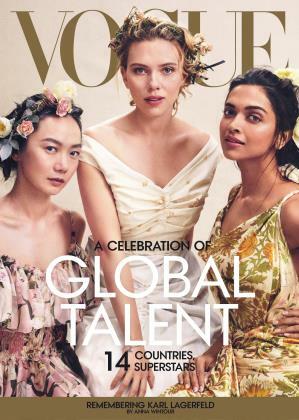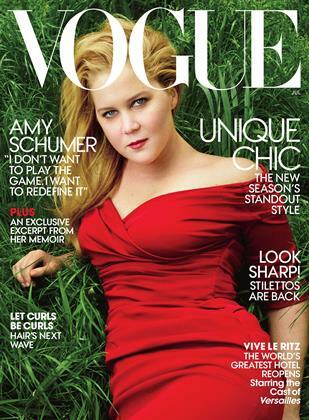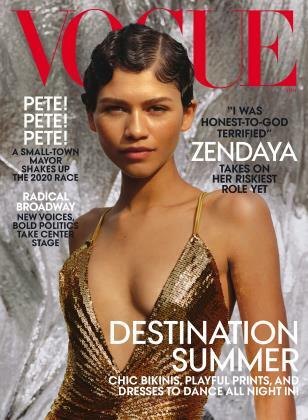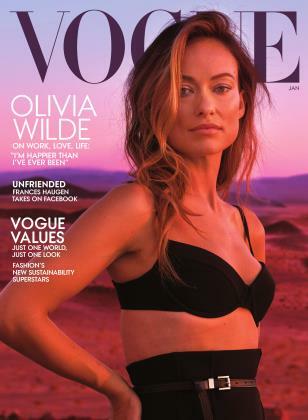
















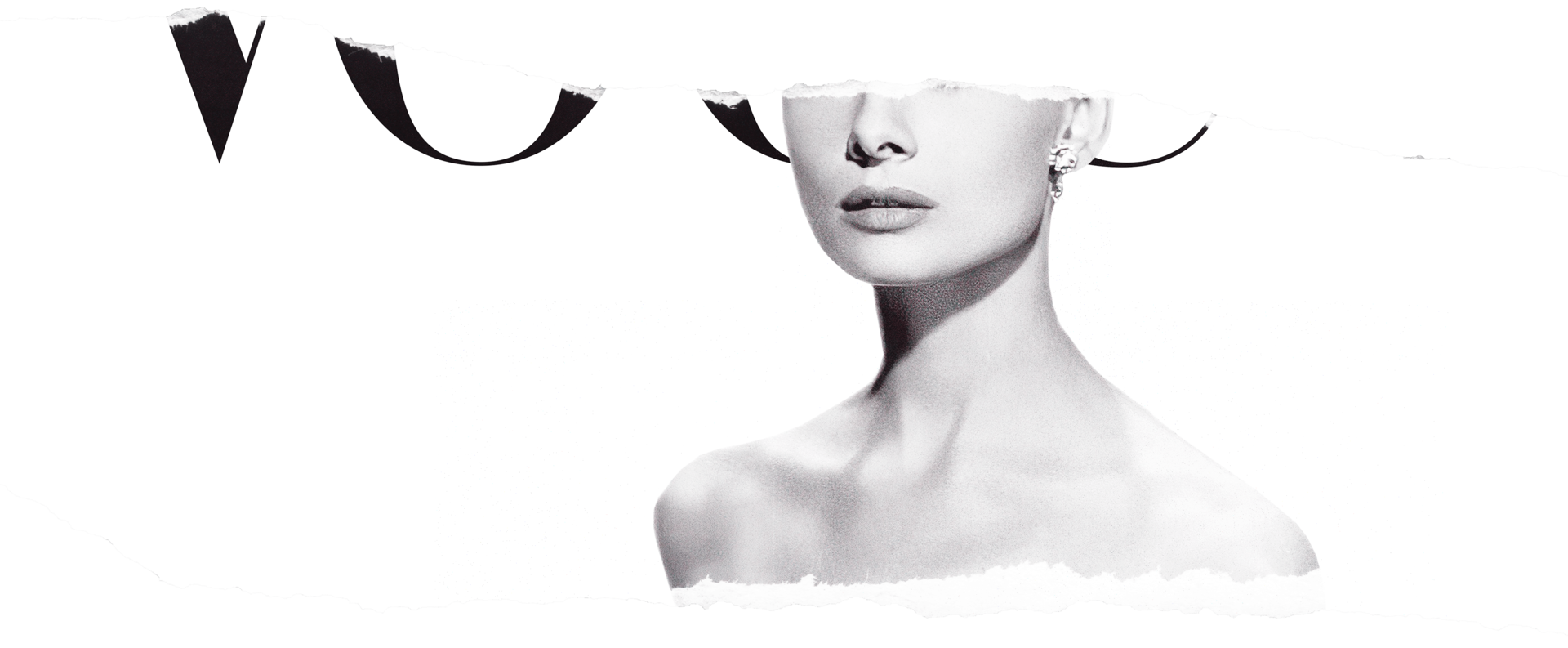
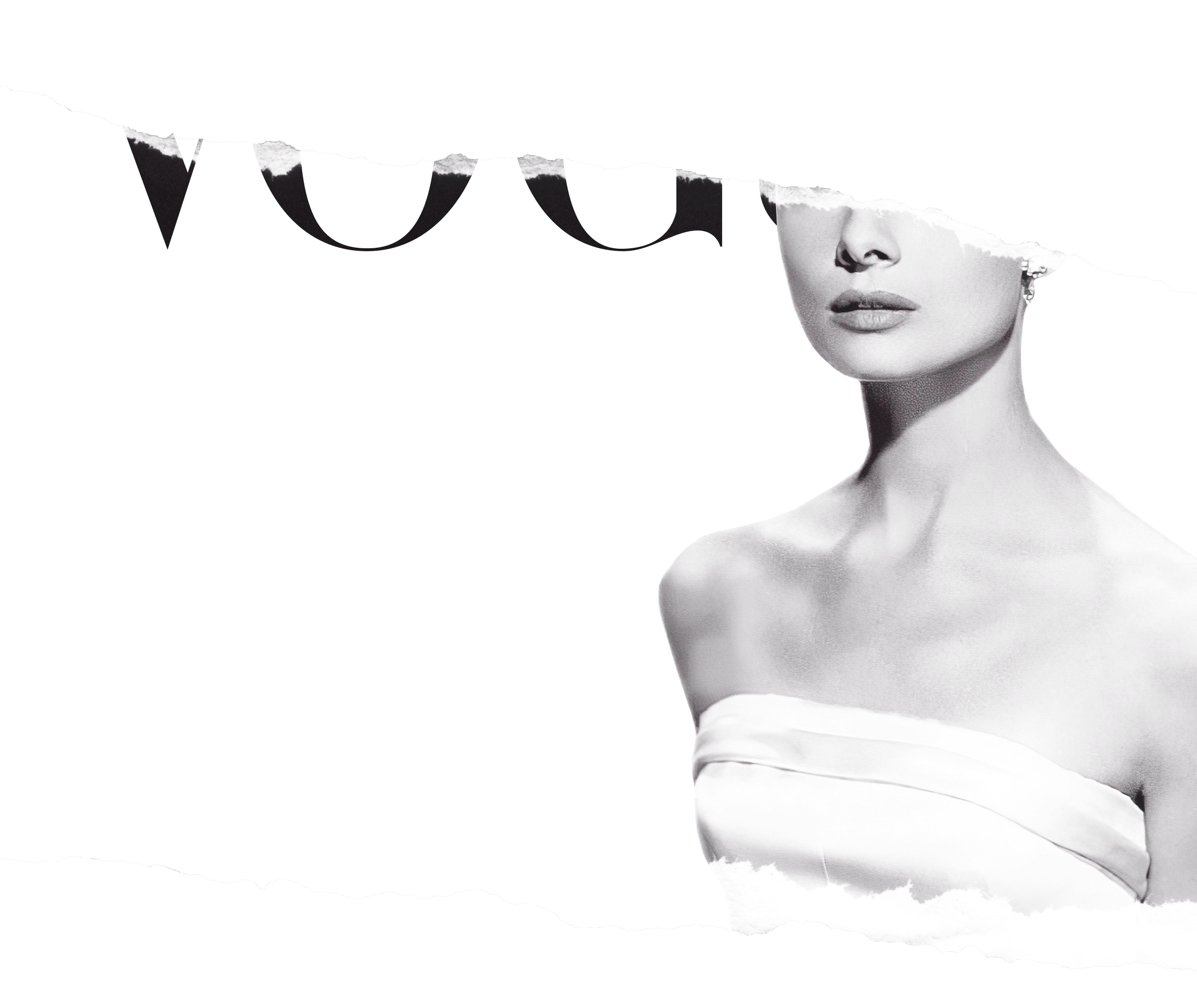

THE COVERS OF THE ICONIC VOGUE MAGAZINE, AND WHAT THEY TELL US
in the covers
History
THE COVERS OF THE ICONIC VOGUE MAGAZINE, AND WHAT THEY TELL US.
History
in the covers
in the covers
Society
life, fashion
And
lifestyle
(1) About
Vogue is one of the most influential publications in the fashion world. In addition to fashion, the magazine covers many other topics: beauty, culture, health, art and the catwalk.
The changing fashion eras, leading trends in painting, graphics and photography are clearly reflected in the face of each issue — its cover.



Arthur
(2) History
Turnure
A businessman and founder of a gentlemen’s club has decided to create a weekly magazine about the lives of New York’s elite.


America of the 19th century, rich, looking like a big money bag in the hands of the elite of society, wants everyone to talk and read about its splendor and wealth. The need of the cream of society to cover luxurious life prompted Arthur Turnure to create a new magazine.
This is how Vogue was born — a society newspaper for ladies and gentlemen. "A worthy, authentic magazine about social life, fashion and the ceremonial side of society."
1892
1893
1894
1895
1896
1897
1898
1899
1900
1901
1902
1903
1904
1905
1906
1906
1908



The illustrated covers of the magazine were mostly in black and white for 18 years. The illustrations depicted women and men engaged in various activities, such as golfing, reading, and so on.

On December 17, 1892, the first issue of Vogue was printed — the cover featured a debutante in an evening dress.





Special issues

CondE
Nast
In 1909, the magazine got a new publisher, Conde Nast, and it was he who formulated the concept of Vogue for the next decades.
The magazine was supposed to become a kind of authoritative arbiter of style and fashion for successful and energetic people. The emphasis on fashion in the magazine was increased, and the number of pages was also increased.
Publication volumes began to grow, profits from magazine sales increased sharply, as did the popularity of the publication itself.

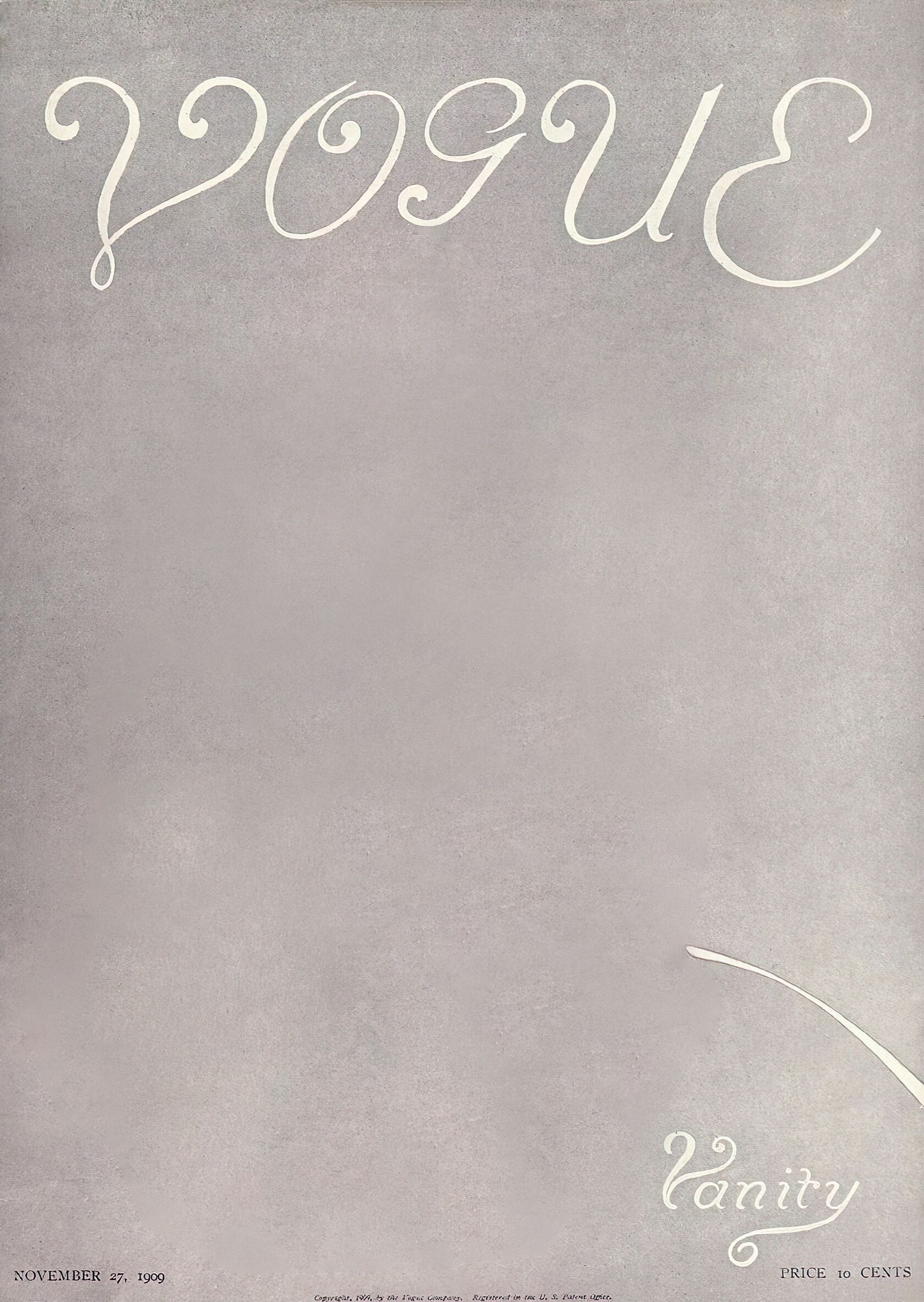


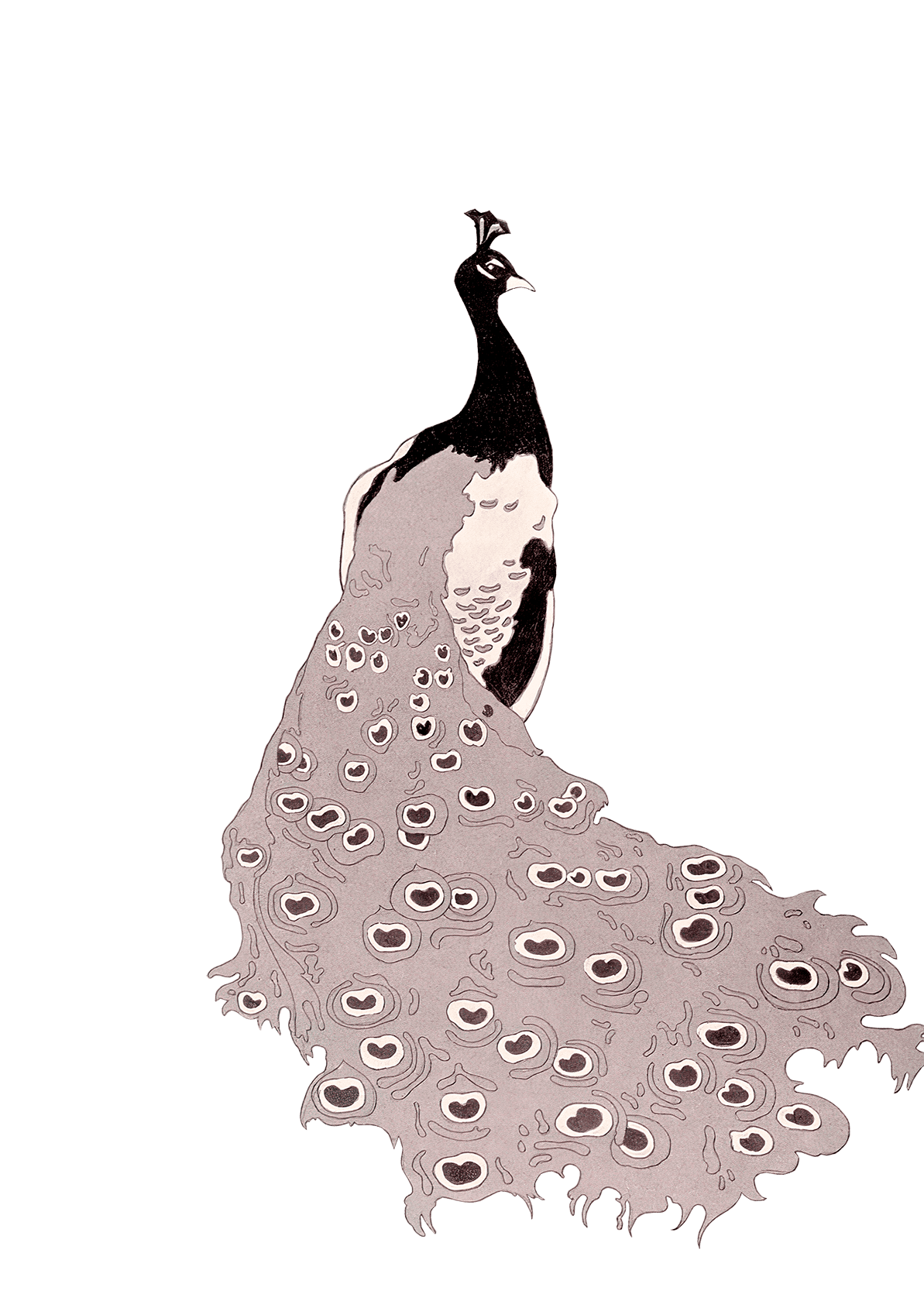
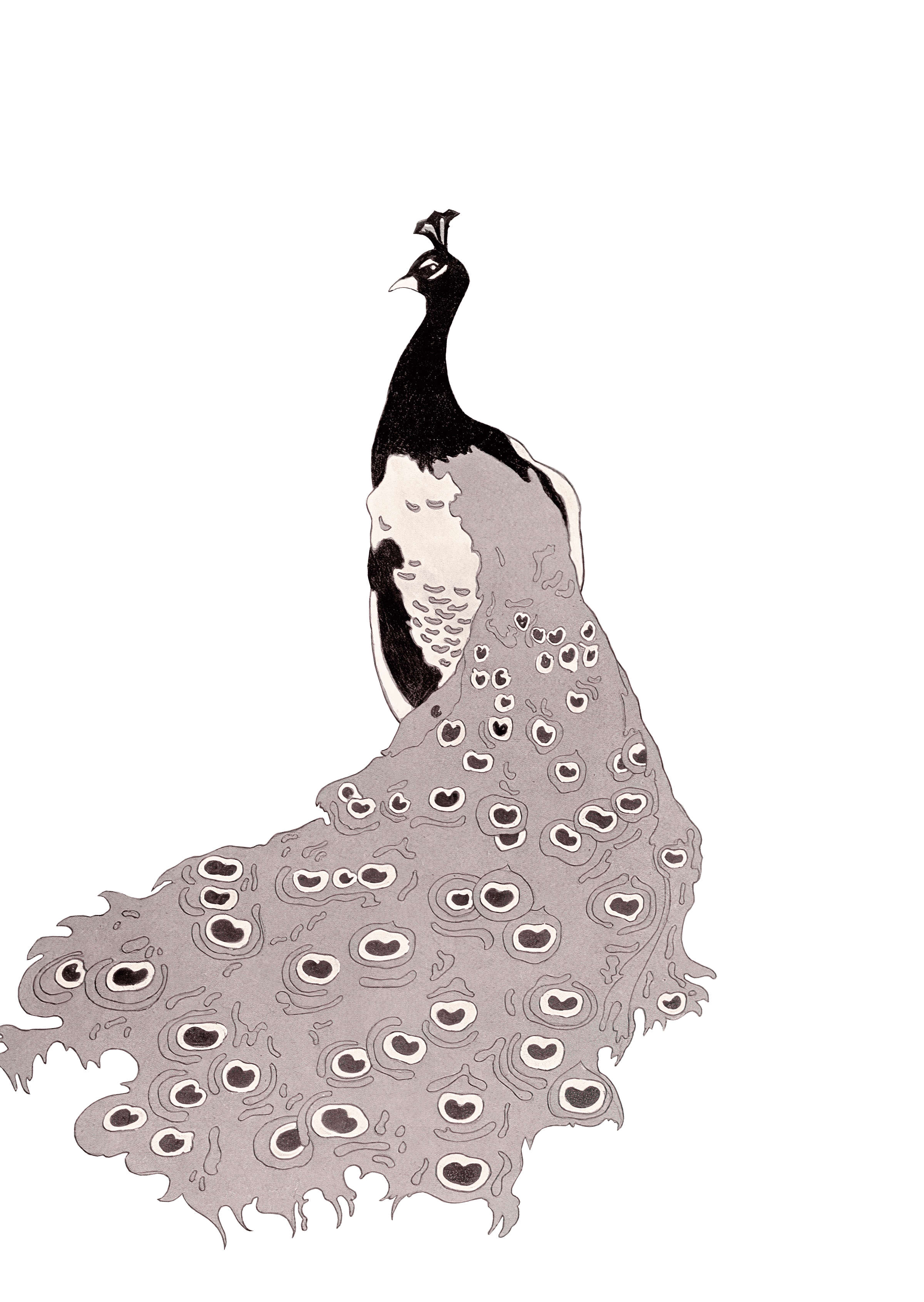


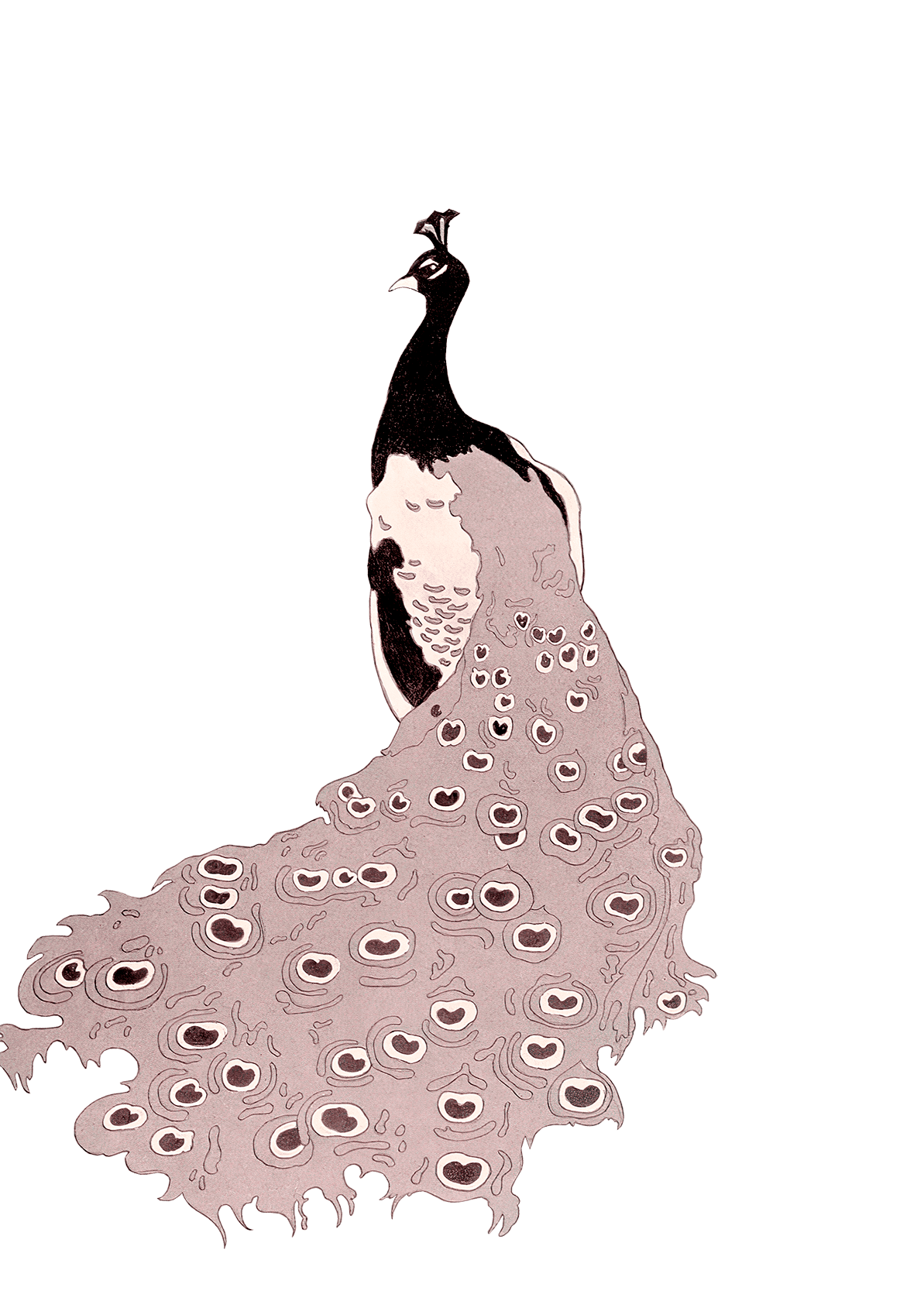
1909
1910
1911
1912
1913
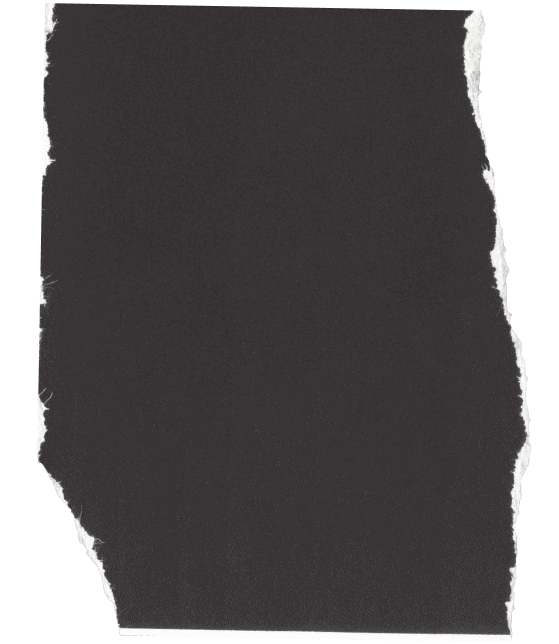
Vogue began publishing with color covers and plant-based ornamentation instead of the traditional black and white covers.




The illustrations depicted women in fashionable outfits, sometimes together with men or children in the interior, on the background of the landscape while walking, resting, shopping, preparing for a holiday.
The Vogue emblem, familiar to the modern reader, was stylistically defined.
Specialized issues were published — fashion, wedding, Christmas and dedicated to children’s fashion.

s
1920

Edna

Woolman
Edna transformed a modest weekly fashion newspaper into the world-famous glossy publication it is today. In the constant battle between commerce and style, Vogue preferred the latter. At the same time, photography became the main focus of the fashion magazine.
Editor-in-Chief of VOGUE, she ran the magazine from 1914 to 1952.
Chase
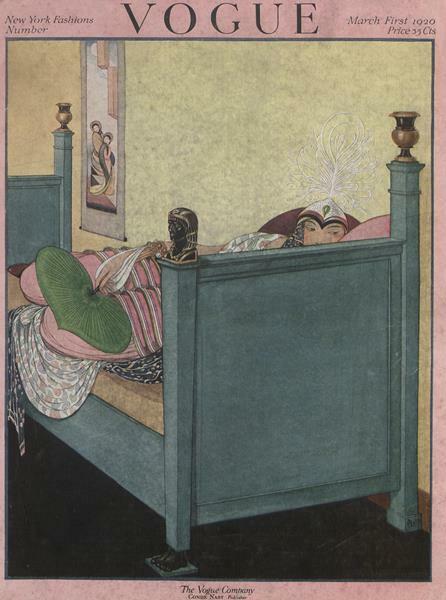
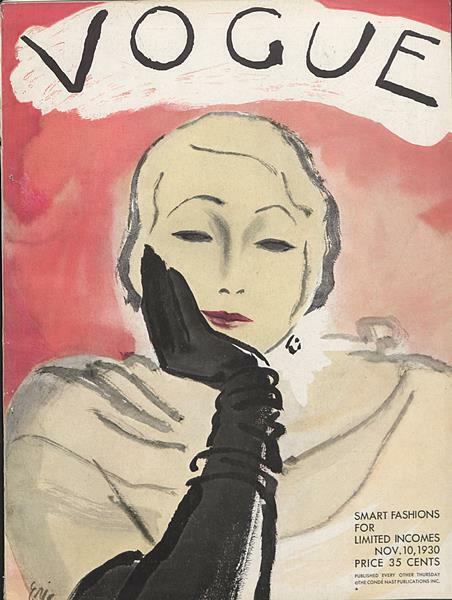
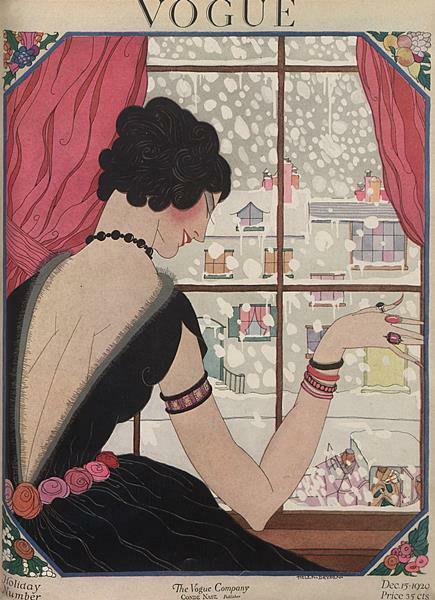
In 1920, the terrible Spanish flu pandemic subsided, but many people still preferred to stay home. Like the beautiful lady on the cover of Vogue.
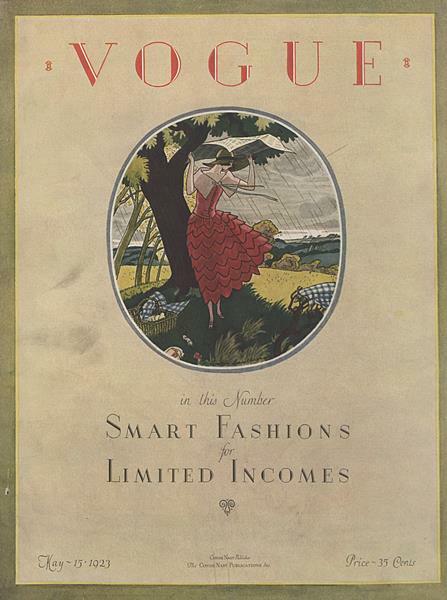
A special laconic cover related to the main theme of the issue — how to follow fashion on a limited income.
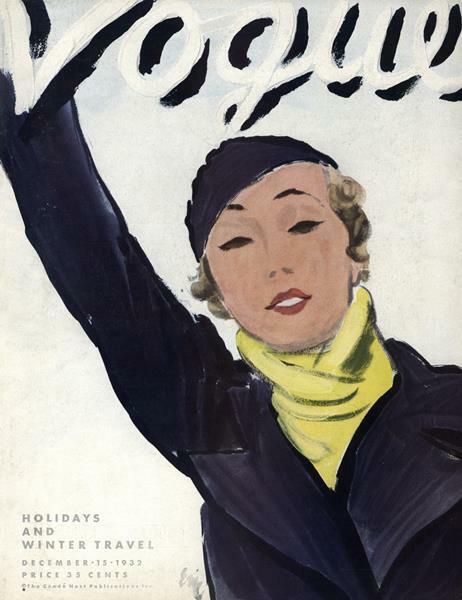
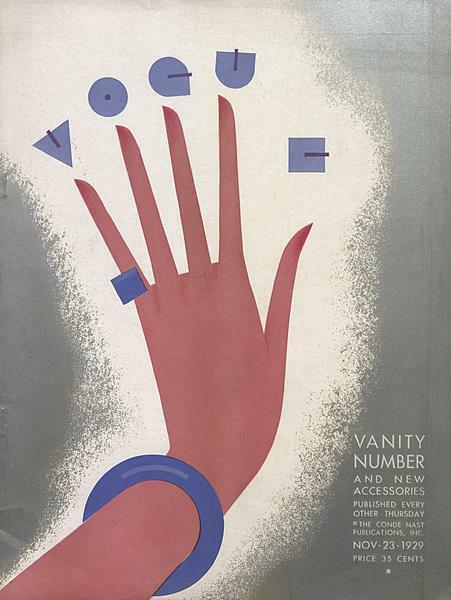
The cover featured an illustration of a woman’s hand for the first time—and such images became a popular theme in the future.
By the 1930s, the influence of Art Nouveau began to wane, and Vogue gradually began to increase the proportion of realistic illustrations.
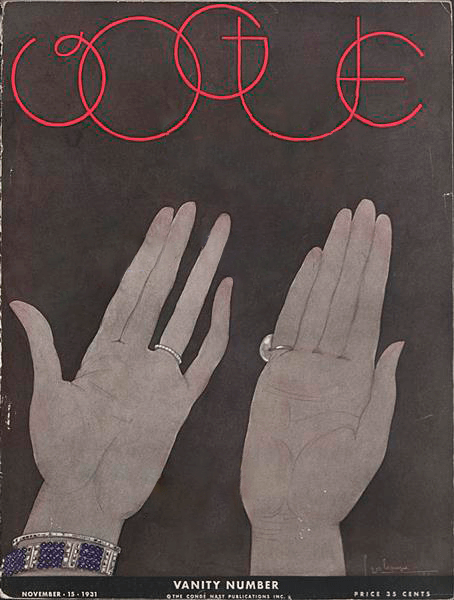







1930
1940

s
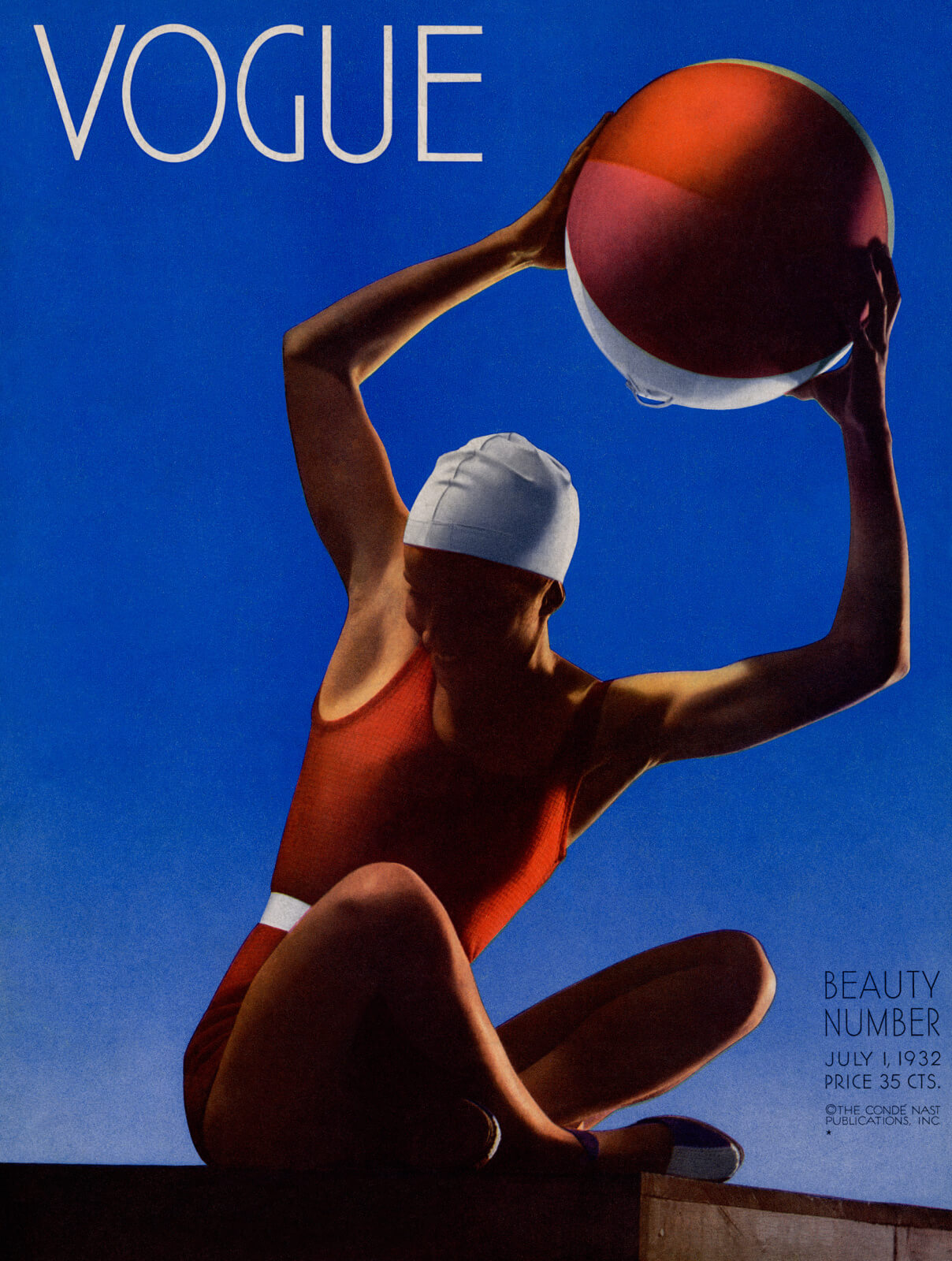
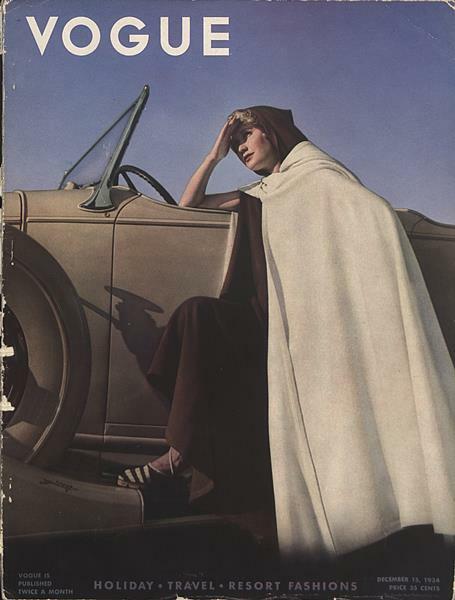
Famous actress Miriam Hopkins on the 1935 cover.
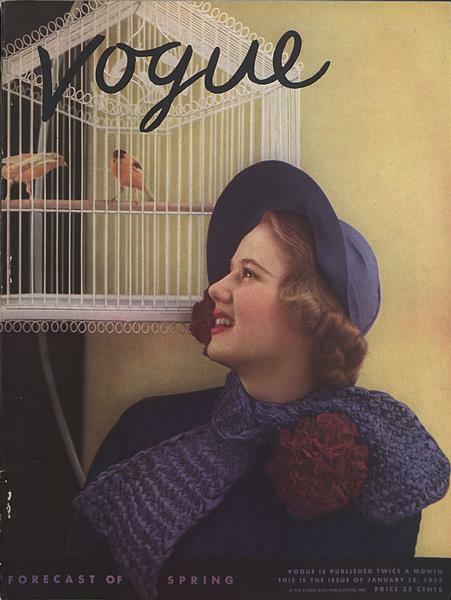
In the 40s, photography on Vogue covers began to replace illustration. Even the title of the magazine was made up of the photographs.

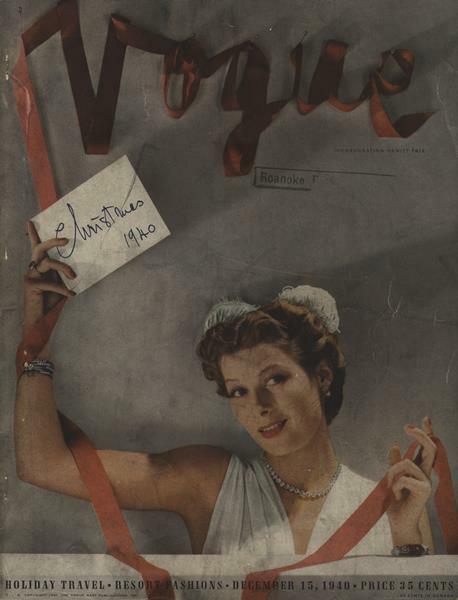
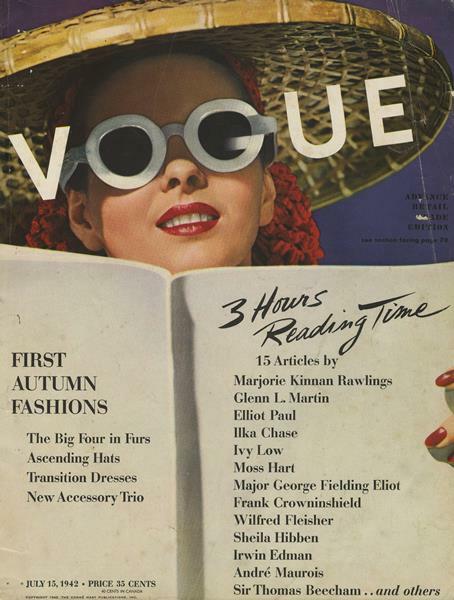
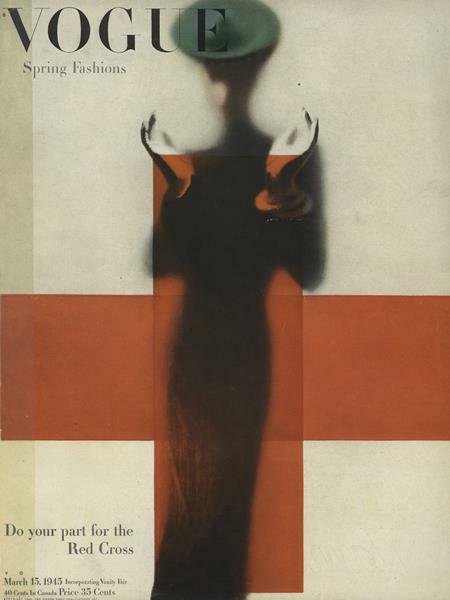
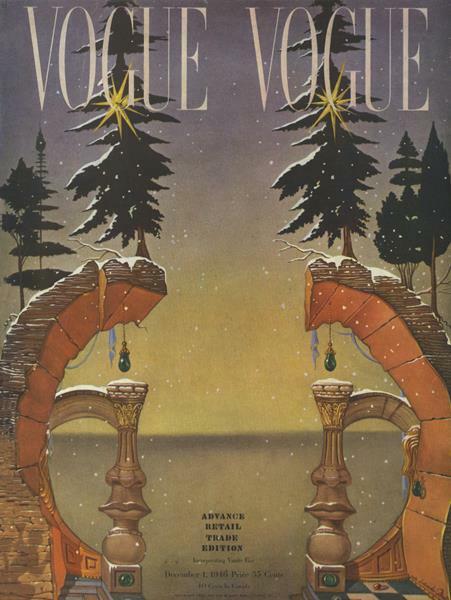
Vogue did not put military themes on its covers. Only in 1945 did the March cover feature the red cross, in keeping with the content of the issue.
Salvador Dalí painted the cover illustration for the December 1946 issue.
The issue dated July 1, 1932 was first issued with a photograph on the cover.


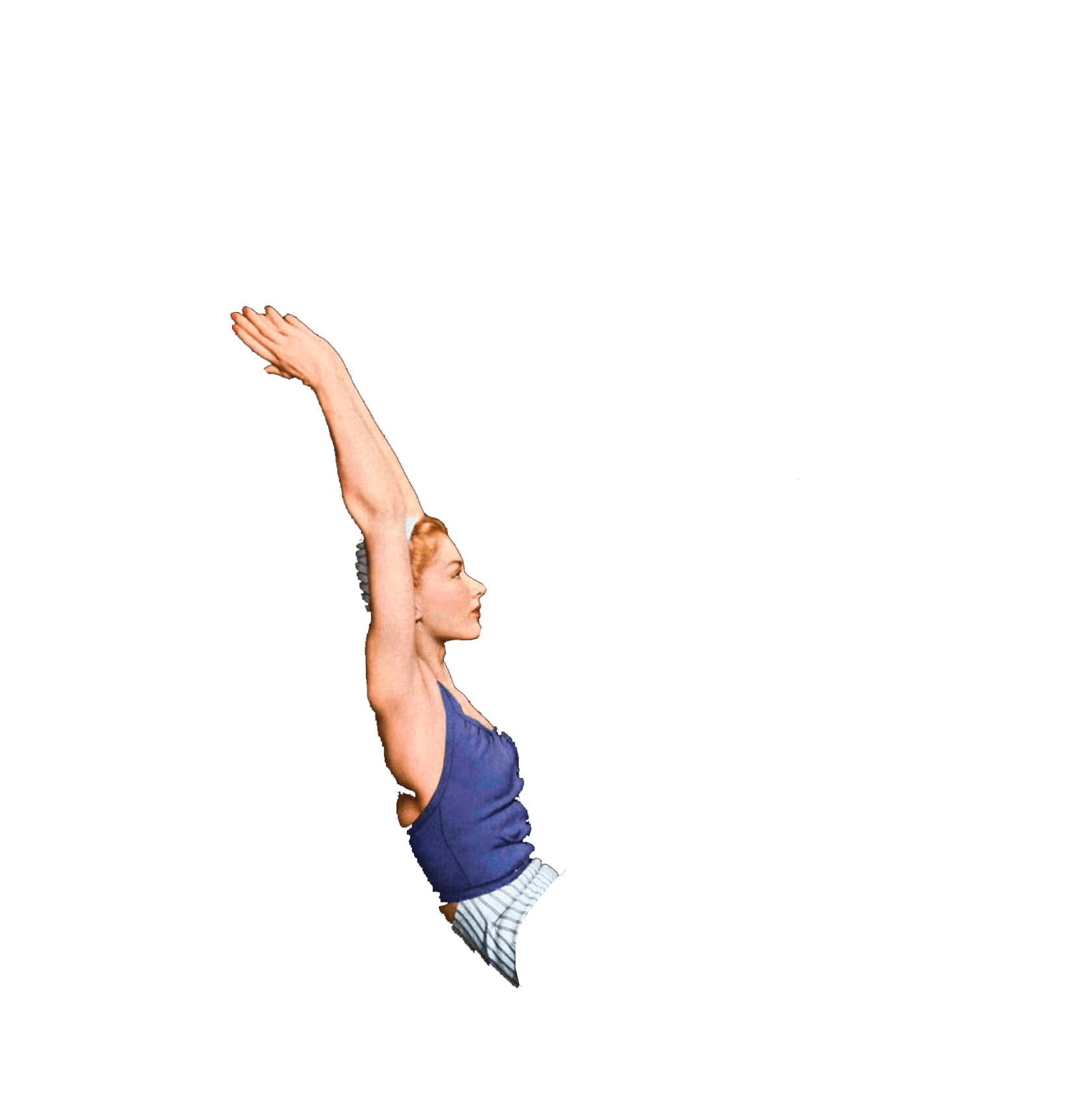
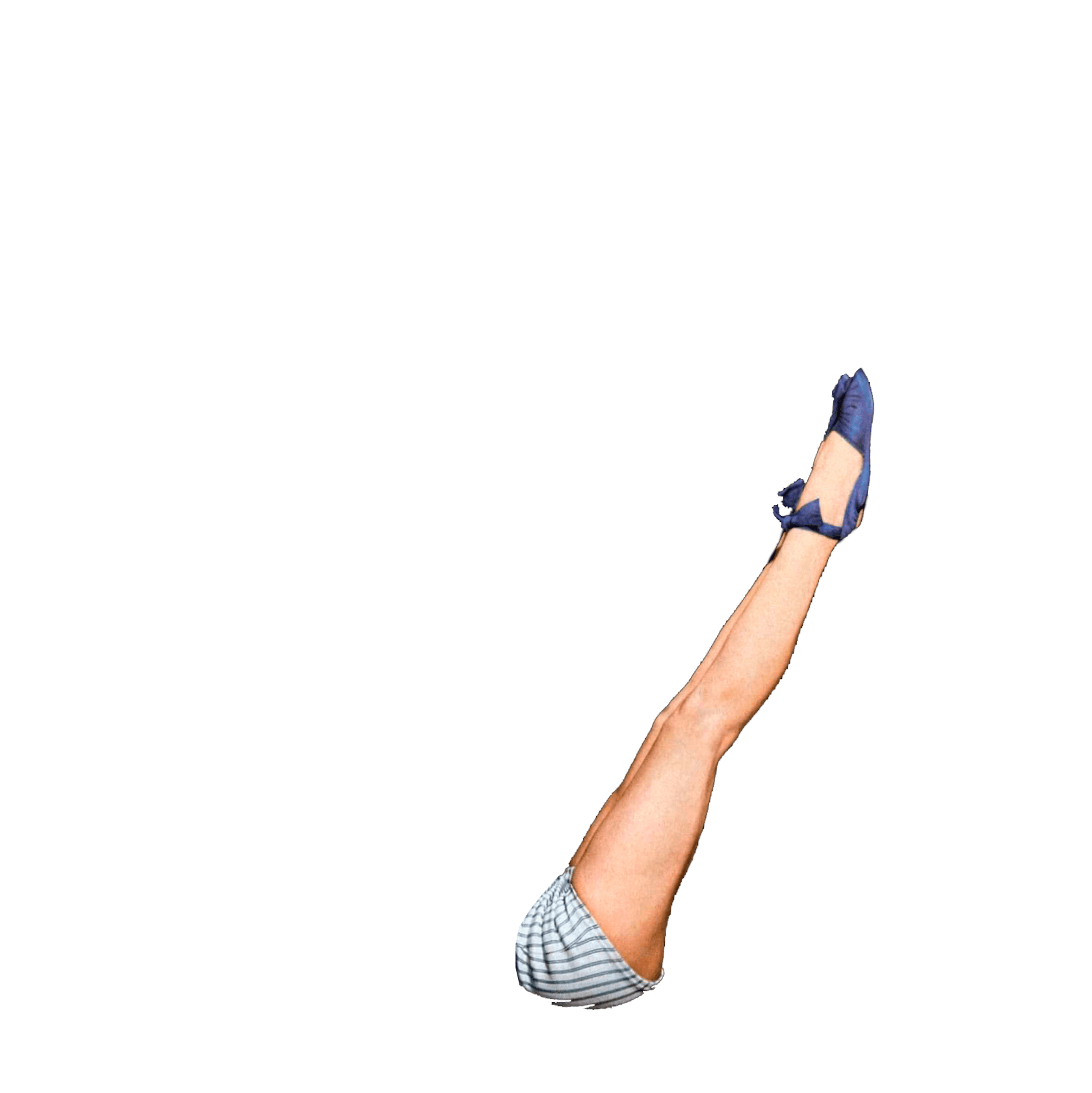
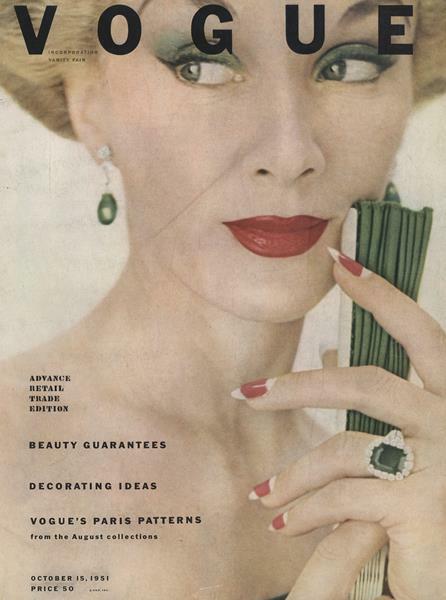
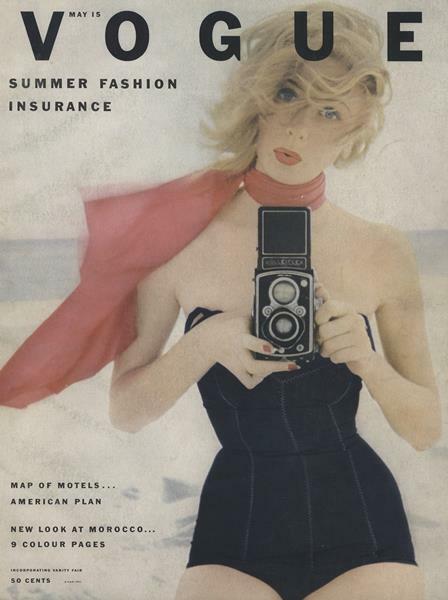
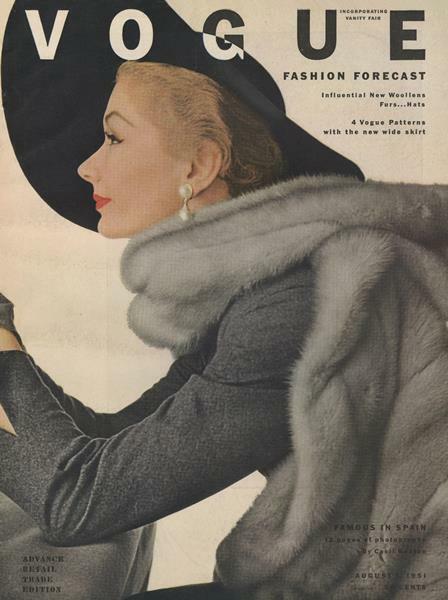
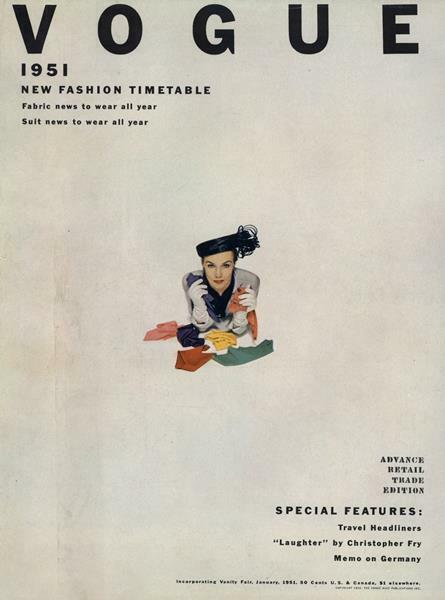
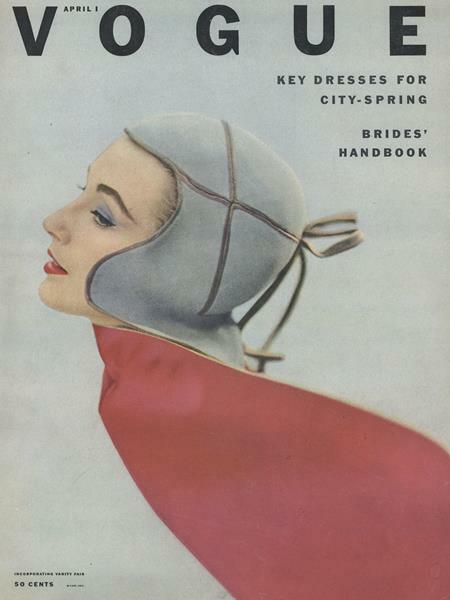
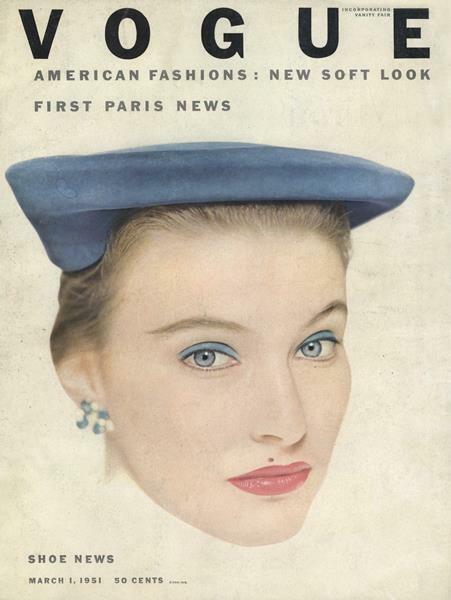
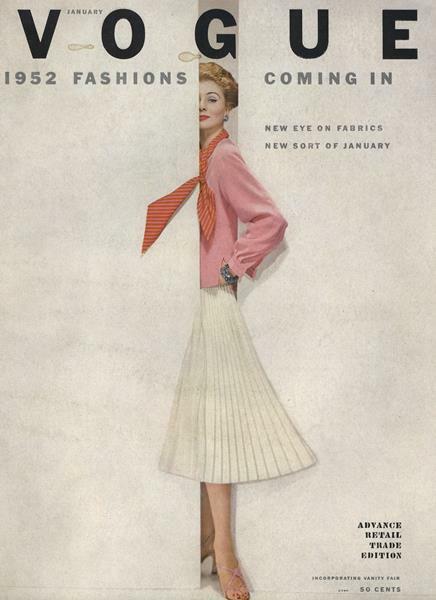
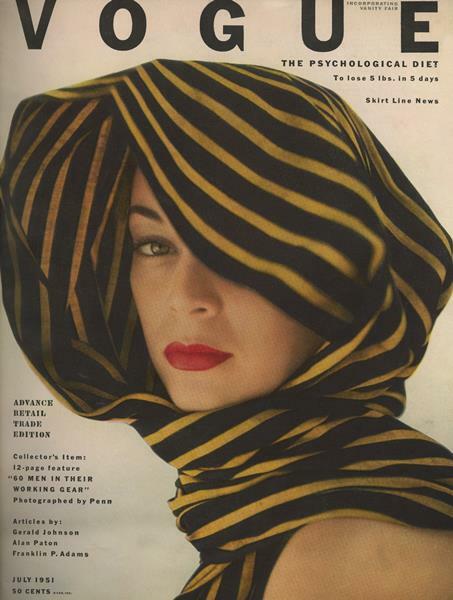
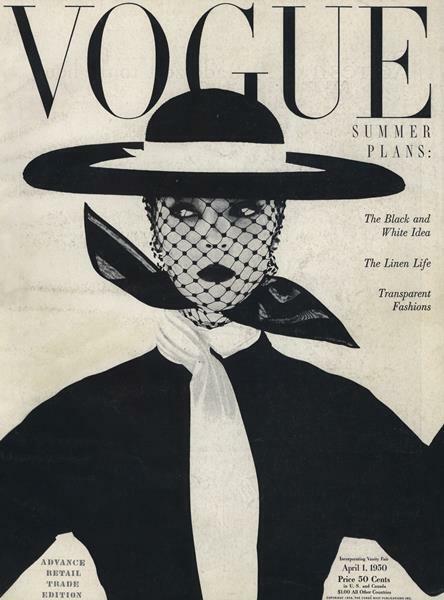
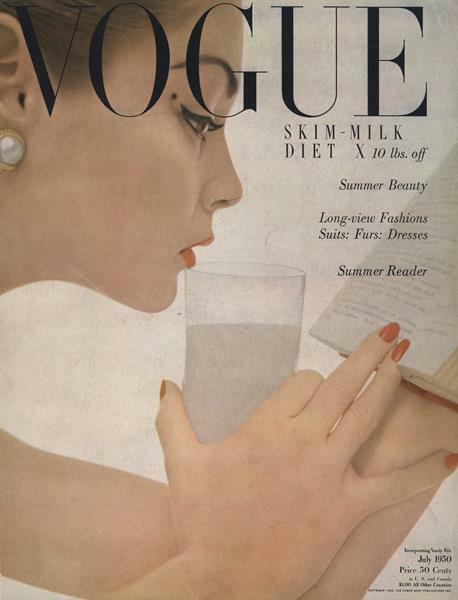
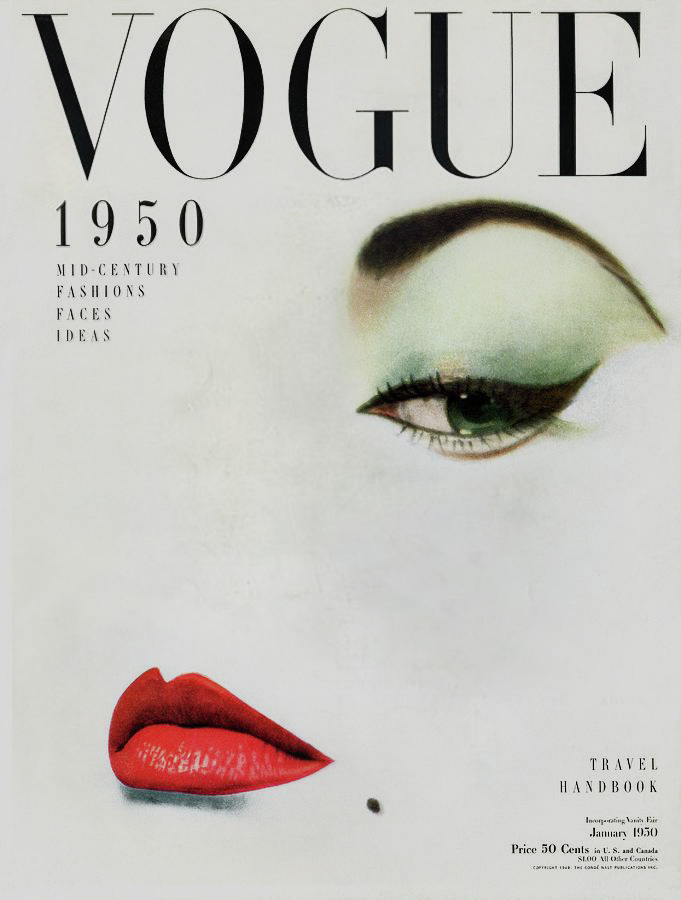
Drag the magazines
The stylish cover of the January 1950 issue of Vogue marked the beginning of a new stage in the life of the fashion publication. The photographs were now placed predominantly on a simple white background, reflecting the desire for laconicism and pop art.


1950
s
Jessica
Daves
Jessica Davis was editor-in-chief from 1952 to 1962. The classic Vogue is printed with it.
According to Davis, Vogue was supposed to instill a sense of taste in its readers; she edited Vogue as "a vehicle to educate public taste". In the same period, the written content changed considerably, taking on serious artistic motives.
The Vogue logo was standardized. Now it is printed in the same font in all issues of the magazine.

By the end of the 50s, Vogue covers became more and more reminiscent of modern ones.
Sophia Loren, recognizable only by her lips and eyes, becomes one of the first celebrities to grace the cover.





1960
s


Diana
Vreeland
After her arrival, the magazine changes dramatically, from the cover to its ideology.
A new era of covers began, featuring famous models and completely replacing illustrations with photographs.
Vreeland's emergence led the magazine to be upbeat and sexually liberated, with sophistication remaining.

Many famous photographers collaborate with Vogue — Irving Penn, Guy Bourdin, Richard Avedon, Helmut Newton.

Vogue began to attract a younger audience, and the names and faces of models such as Twiggy and Jean Shrimpton graced the publication.

1970
1980
s

Grace
Mirabella
The period from 1971 to 1988, when she was editor-in-chief, is called "beige" - after the color of her office (repainted as soon as Diana Vreeland stepped into the newsroom).
The magazine stopped depicting a fairy-tale world of elegant pictures, and more lively shooting appeared under her. Grace paid more attention to the life of a simple American woman than to fashion trends.


Vogue of the 70s and 80s reveals new supermodels, whose popularity continues into the 21st century: Janice Dickinson, Jerry Hall, Christy Turlington, Cindy Crawford, Naomi Campbell, Tatyana Patitz.





In 1985, the issue was opened by Uma Thurman.

Anna
Wintour
She has been the editor-in-chief of Vogue from 1988 to the present. Since the beginning, she has worked to maintain Vogue’s reputation as the number one fashion magazine in the world.
Wintour tried to expand the magazine’s audience as much as possible, emphasizing that high fashion is accessible to everyone, and not just a select few.
1990
s

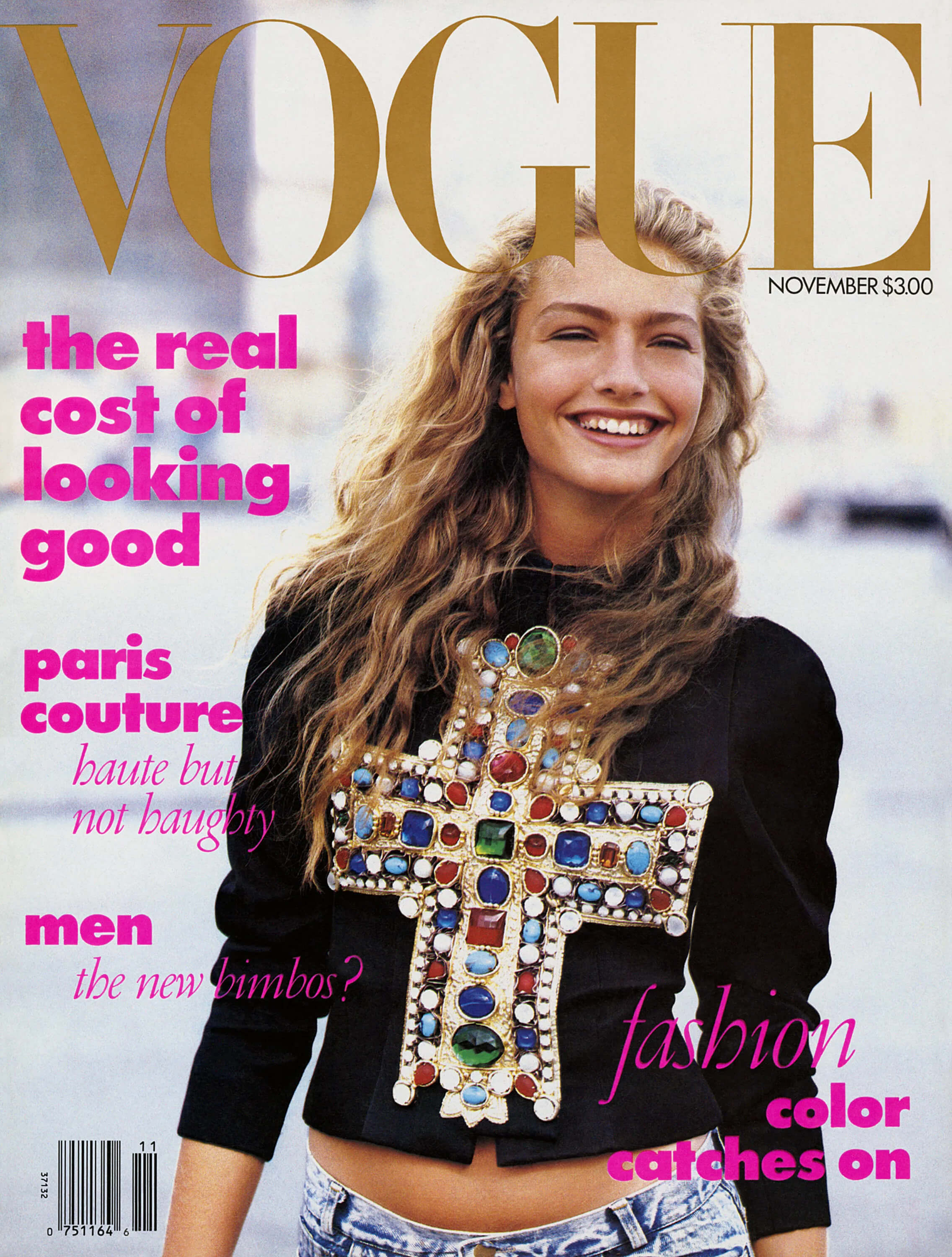
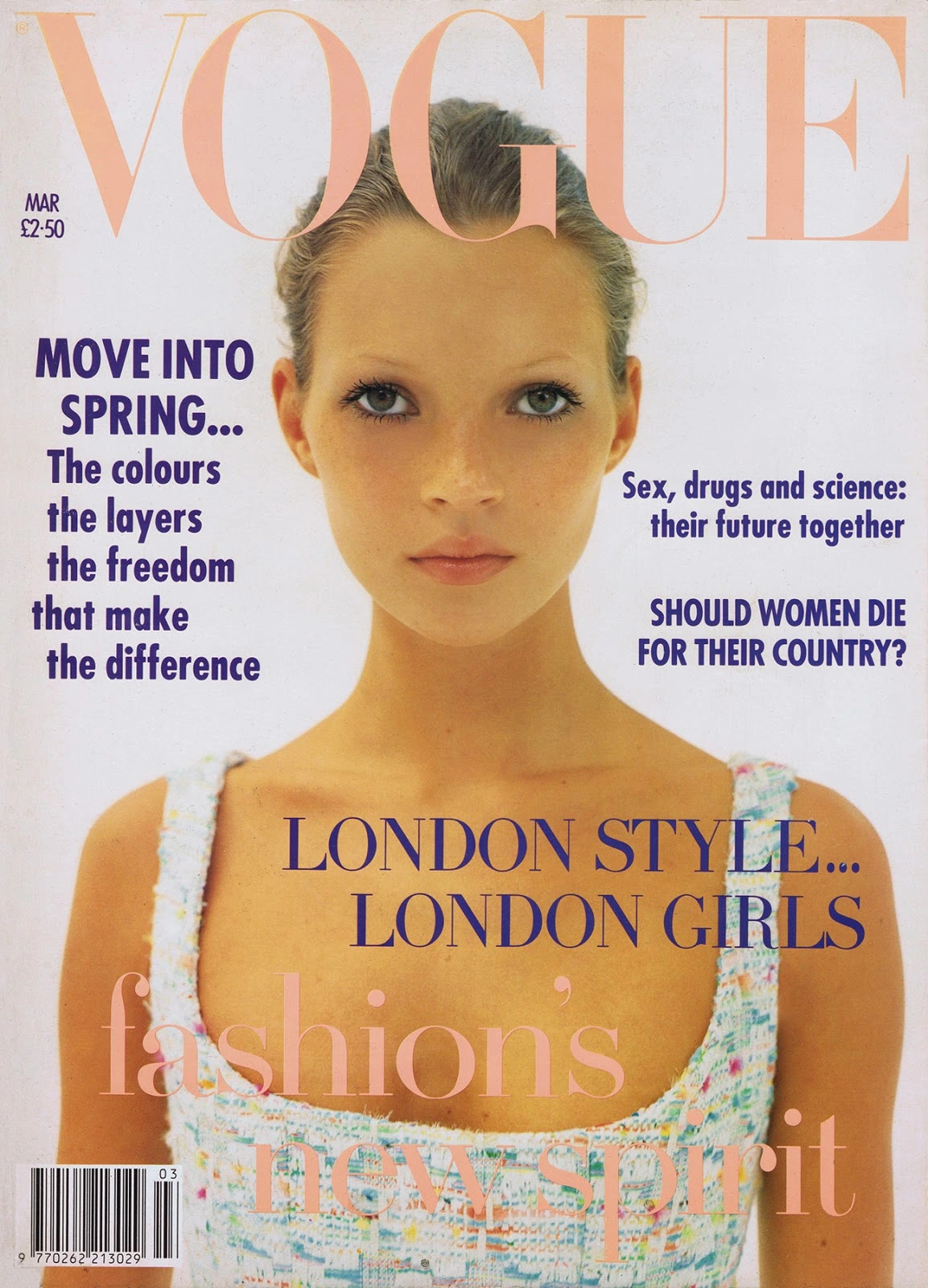
On the cover of the first issue of the magazine, published under her leadership, there was a full-length photograph of a model wearing faded jeans and a Christian Lacroix jacket embroidered with precious stones.
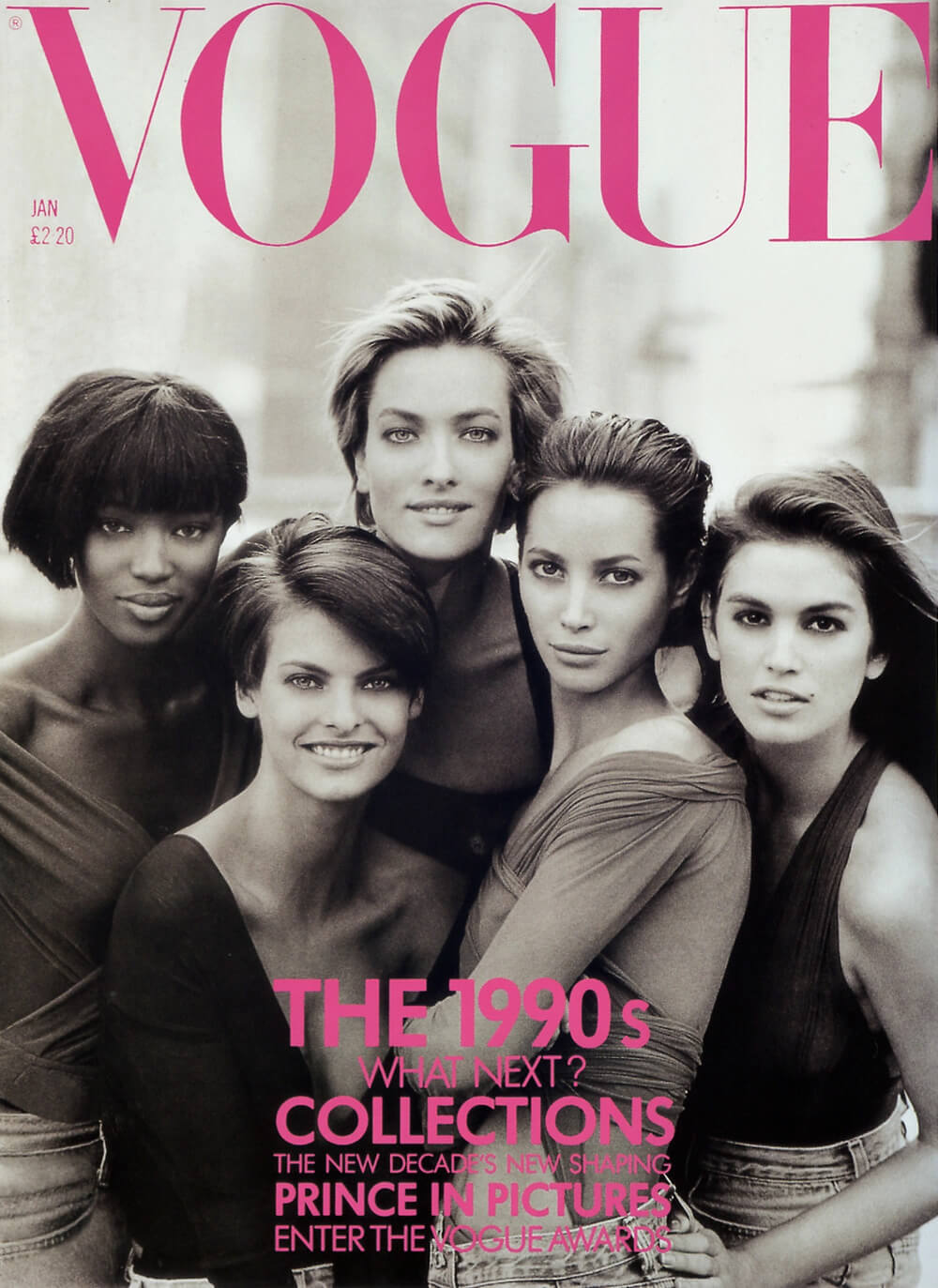
The first issue of Vogue of the 90s featured the supermodels of that time on the cover: Naomi, Linda, Tatiana, Christie and Cindy.
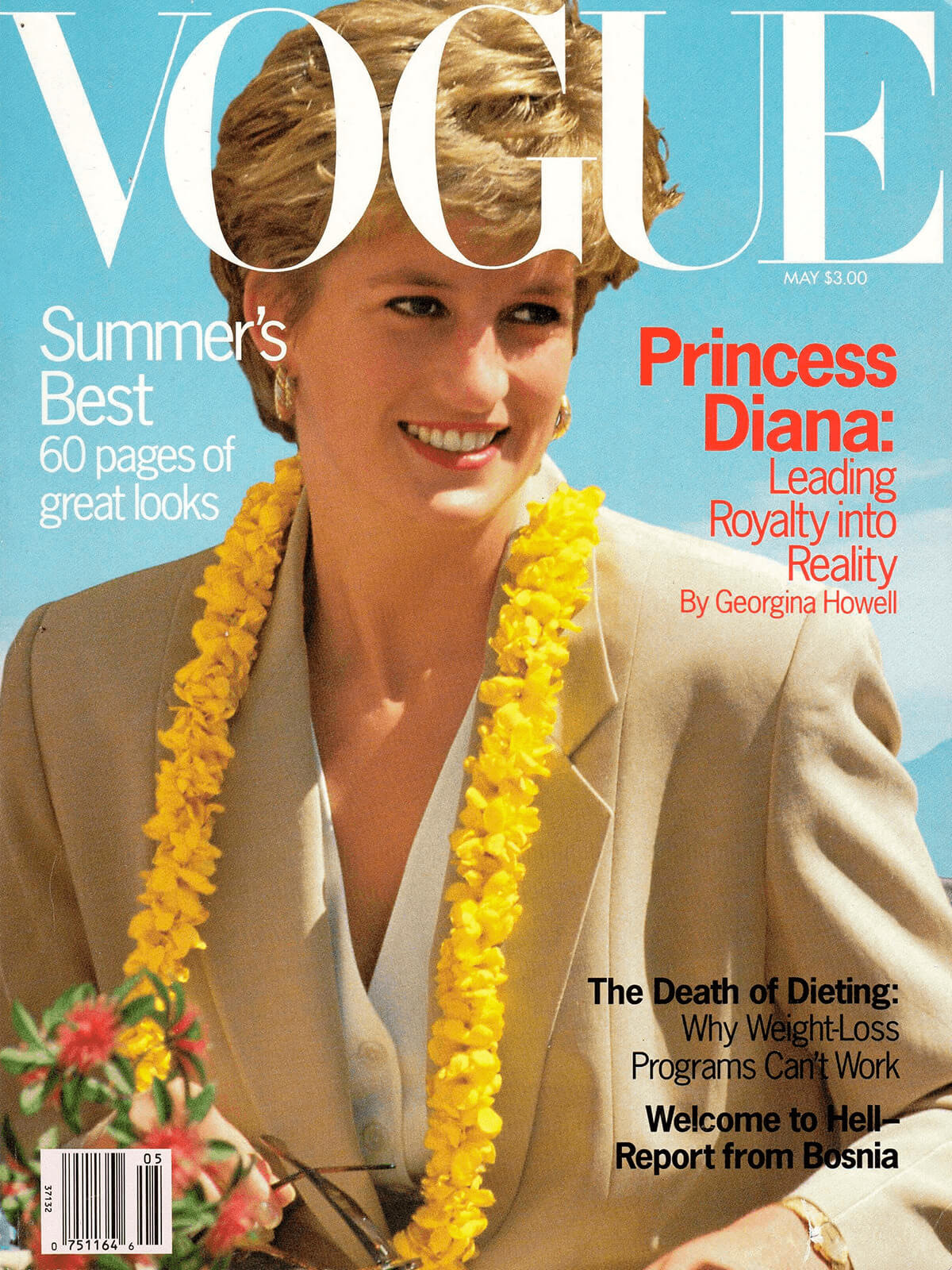
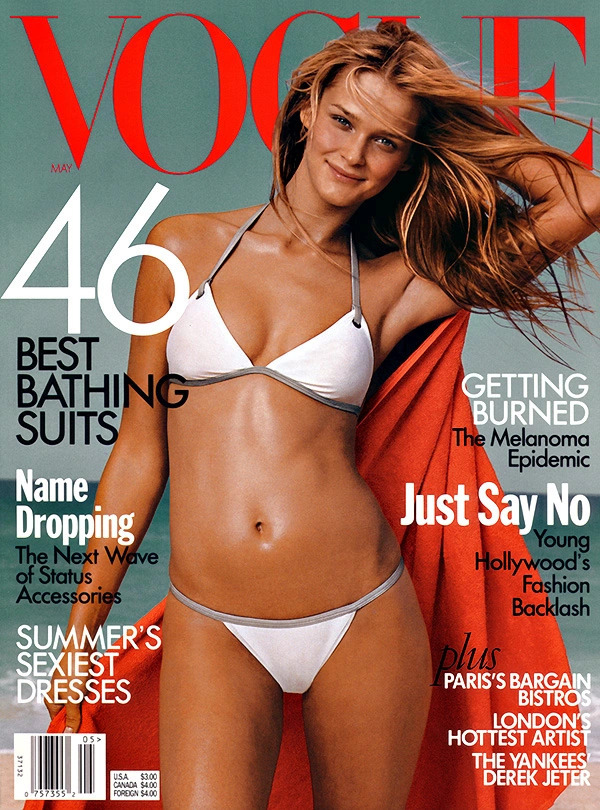
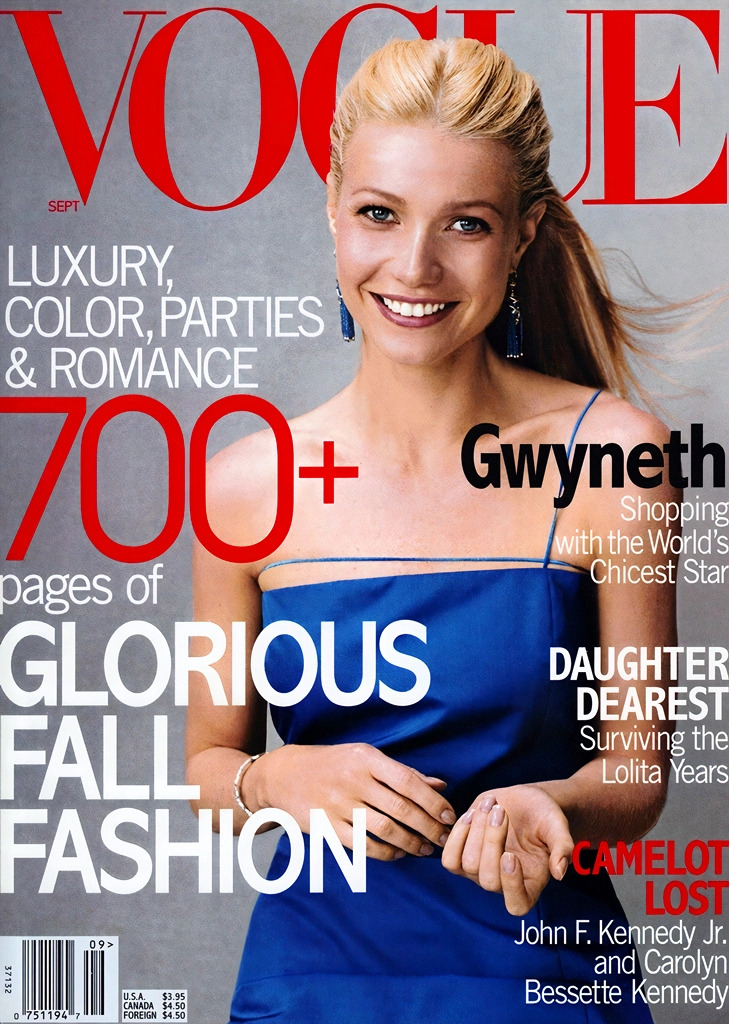
Vogue covers have become bolder, livelier, and sexier.
Famous women began appearing on covers instead of models.
The 1990s discovered new stars — Kate Moss, Gisele Bündchen, Shalom Harlow and Carmen Kass.


2000
2010
2020
s
In the XXI century supermodels from Russia Natalia Vodianova and Sasha Pivovarova appeared on the covers of Vogue.





The undisputed queens of Vogue covers for the first decade of the new century are Kate Moss (22 appearances) and Gisele Bündchen (11 appearances).
In the 2000s, Victoria Beckham, Elizabeth Hurley and Elton John, Uma Thurman opened Vogue issues.










(3) The Big Four
Vogue US,
Vogue Italia
Vogue UK,
Vogue Paris,
The Big Four, sometimes referred to as The Big 4, is the name given in fashion to the four most notable Vogue covers.
The term is commonly used when a model completes all four covers and is considered one of the biggest achievements in the fashion industry.
Claudia Schiffer
Christy Turlington
Meghan Douglas
Naomi Campbell
Linda Evangelista
Natalia Vodianova
Sasha Pivovarova
Nadja Auermann
Shalom Harlow
Tatjana Patitz
Twiggy
Stephanie Seymour
Amber Valletta
Angela Lindvall
Arizona Muse
Carolyn Murphy
Bridget Hall
Carmen Kass
Daria Werbowy
Edie Campbell
Gisele Bundchen
Frankie Rayder
Gigi Hadid
Estelle Lefebure
Gemma Ward
Helena Christensen
Gia Carangi
Isabella Rossellini
Jerry Hall
Jessica Stam
Karen Elson
Lauren Hutton
Lara Stone
Karolina Kurkova
Kate Moss

